Grand Prix Drivers' Association Chairman and former F1 driver Alex Wurz has revealed safety measures brought into the sport after Romain Grosjean's frightening Bahrain Grand Prix crash in 2020 has led to harsher driving conditions for drivers.
The Qatar Grand Prix has opened a debate on extreme climactic conditions after a number of drivers struggled to reach the end of the race in intense heat and humidity at the Lusail International Circuit.
Logan Sargeant retired his Williams after suffering from dehydration whilst Alpine's Esteban Ocon vomited mid-race.
Lance Stroll and George Russell were among those who revealed they were close to passing out whilst driving, with the Canadian and Alex Albon visibly struggling for composure when extracting themselves from the cockpit in parc fermé.
Whilst ambient temperatures were at around 32 degrees Celsius for the race and by no means the hottest in F1 history, the effects of the power unit, battery, radiators and hydraulic lines being situated near the cockpit means driving temperatures are, in reality, much higher.
Addressing the health issue when speaking to BBC Sport, Wurz said: "It's too easy to say: 'Here is a gym membership - get on with it'.
"There are multiple contributing factors which need to be understood by everyone.
"My initial thoughts revolve around lessons from other categories which have shown heat as a limiting factor for drivers.
"Cooling seats, for example, work very well and are not too difficult to produce and install. That is something every team should already be looking at.
"There needs to be better insulation and/or air cooling for very hot electrical boxes, which are often sited near the driver's seat, or in the future reroute hot hydraulic lines, so the driver's seat environment is not overheating.
"The entire rules set has tests and limits for many parts of the car. Given the driver is one of the performance parts of the equation, perhaps it is time to look at defining limits to the heat they are subjected to."
Viewed by others:
Contributing factor
Grosjean was involved in a terrifying crash in Bahrain three years ago, where his Haas ripped into two on collision with a barrier and was engulfed in flames.
The Frenchman survived and has spent his time since in IndyCar, whilst lessons were learned to better protect drivers in such scenarios.
One measure taken was to improve the fireproof worn by drivers, which whilst offering improved fire resistance also offer reduced breathability.
"They cook you," conceded Wurz.
"I recently tested a car while wearing the new mandatory fireproofs, and I was shocked how hot I was.
"Of course, those fireproofs are here for a very good reason and I am not suggesting a return to lower fireproofing standards, but for those who are not aware of what is happening, that is one of many contributing factors."
Most read
In this article
F1 2023 Qatar Grand Prix RN365 News dossier

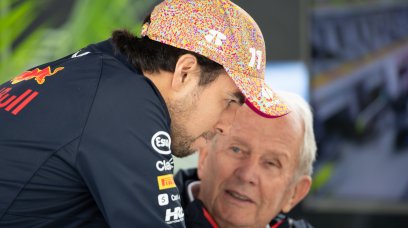
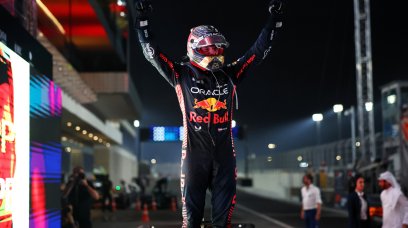
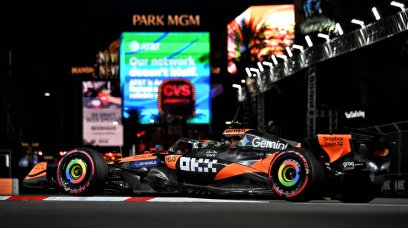
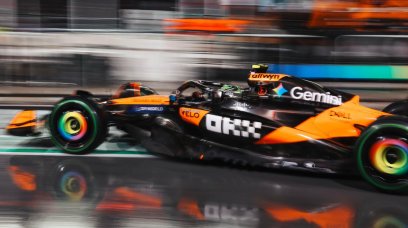

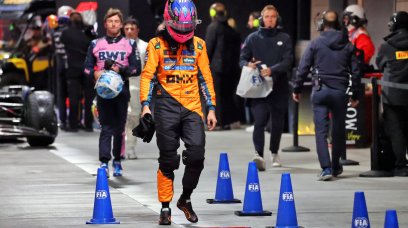

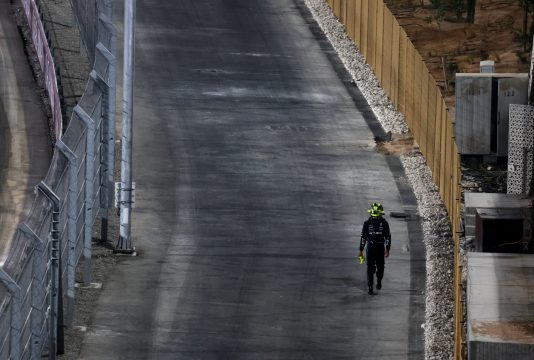

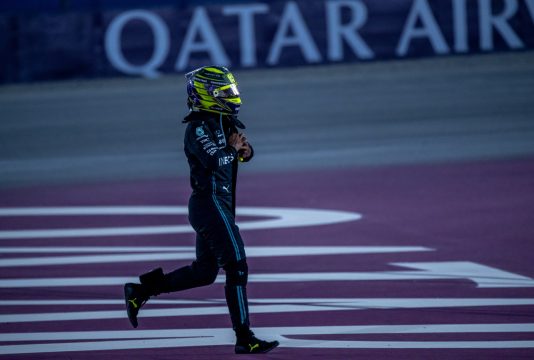
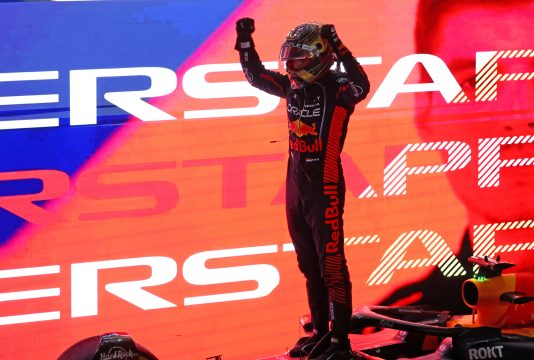
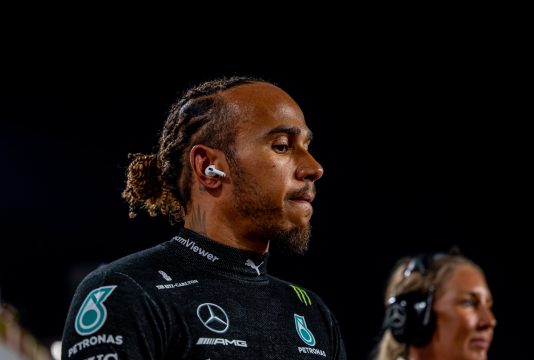
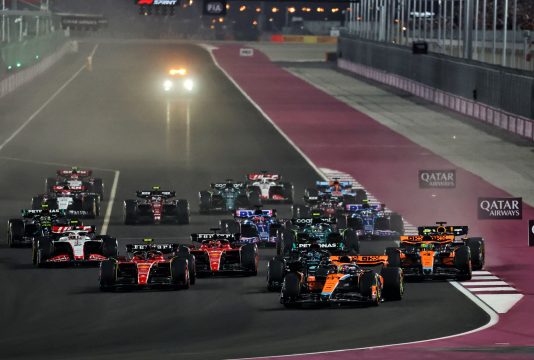
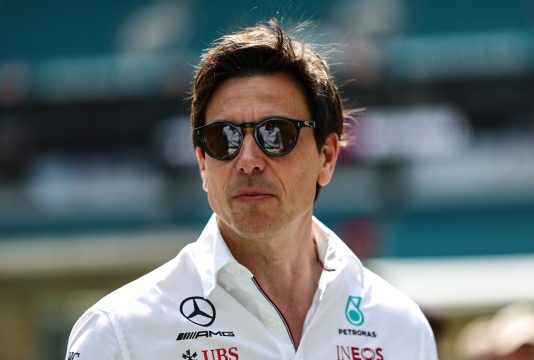


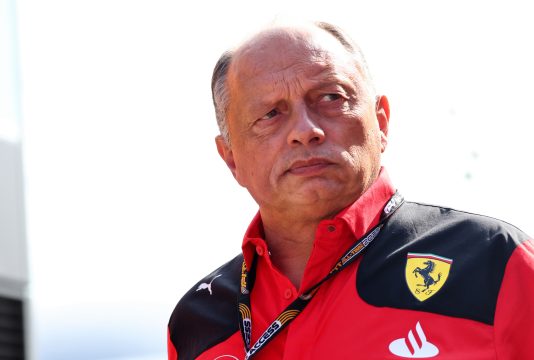

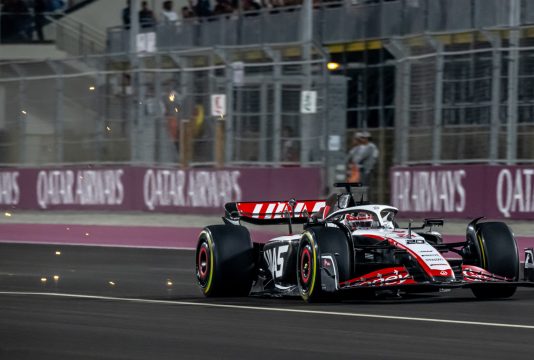

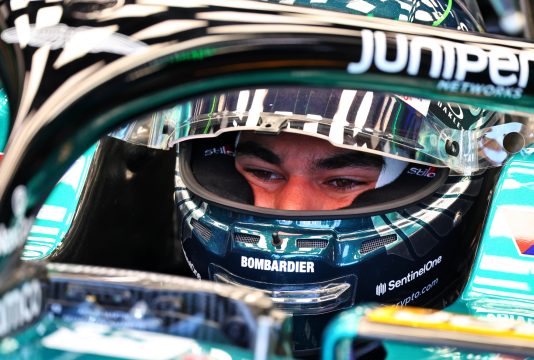
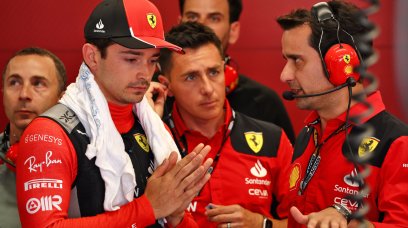
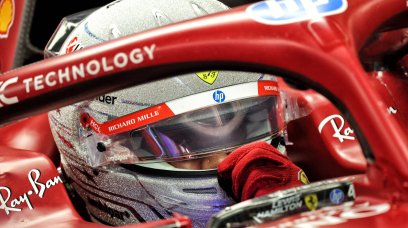

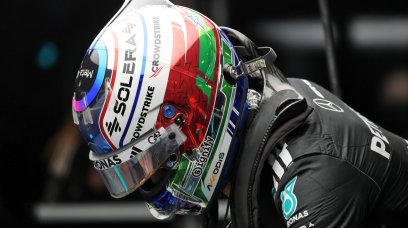












Join the conversation!